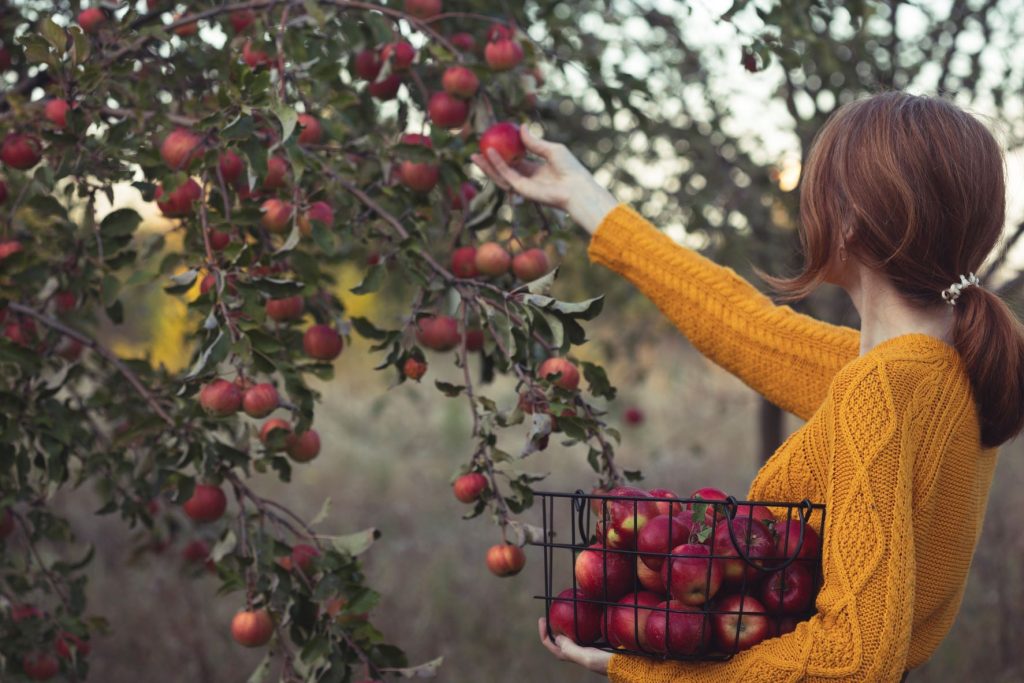Where Do Apples Grow Best?
The soil is a key factor in choosing the right location for an apple tree. Apples thrive in soil that is well-drained, but they don’t thrive in poorer soils. Avoid planting trees in areas where water stands for 24 hours after rain, as this can stunt their growth. In areas where poor drainage is inevitable, planting on a raised terrace can be helpful. Poorly-drained soils may also be prone to cotton root rot, which is difficult to control. This is especially detrimental to apple trees as they are highly sensitive to it.
Avoid attics
If you want to grow apples, avoid basements and attics. These are places that experience extreme temperatures and low humidity. These conditions can cause apples to become mushy and more prone to rotting. Attics and basements are not good places to grow apples, whether you’re selling them or growing them for your own use.
Another mistake is to store unwanted items up in the attic. You’ll find that the temperature, humidity, and heat will damage anything made from natural fibers. Additionally, the attic can also harbor pests. If you’re storing your clothing in your attic, you risk rendering it useless.

Avoid basements
Before you start planting your apple tree, be sure to avoid basements. These are usually damp and can be a perfect environment for a variety of pests. But there are some ways to avoid these problems. One is to store the fruit in a cooler room, such as an attic or unheated garage.
Avoid low-lying regions
To grow apples, it is important to plant them on a slope and high so that water and cold can flow away. Avoid planting them in low-lying places as they may struggle with cold temperatures and not produce fruit or blooms. Even delicate apple flowers can be killed by cold temperatures.
Apples require about six hours of sunshine per day. Soil must be well-drained. You should choose a sunny area with good drainage on an eastern or northern slope to plant your tree.
Avoid planting in cold environments
Although it is possible to grow an apple tree in cold climates, you should avoid planting it too soon. The best time to plant an apple tree is in late winter or early spring, if the ground is not frozen. Then, it can flower and produce fruit before the ground freezes.
Apple trees do best in full sunlight. They also like good soil. To produce fruit, they also require a lot of moisture. Poorly drained soil or clay soil can promote root rot. Good air circulation is also important. Cold air can settle in low-lying areas, so choosing a higher site will help move the cold air away from the tree.
Avoid planting in low-lying areas
You should avoid planting apples in low-lying places if you intend to grow them. These areas are not good for growing trees, and the soil is not fertile. Apple trees require full sunlight. They need to have well-drained soil that retains some moisture. Poor drainage can cause root rot disease, which can kill the tree. A raised terrace is a good option if you live in poor drainage. Aside from poor drainage, apple trees also need proper air circulation. Low-lying areas are more susceptible to cold air, which can stunt growth or cause tree disease. This is especially dangerous to apple trees as they are sensitive.
Apple trees require at least six hours of direct sunlight per day. To maintain soil pH at 6.5, soils with low pH will need additional lime. However, north Florida soils have pH levels below 7.0. Soils with lower pH levels should be amended with lime or sulfur to make the soil more suitable for growing apples. Apple trees should be planted on a hilltop to allow for proper air circulation and drainage.